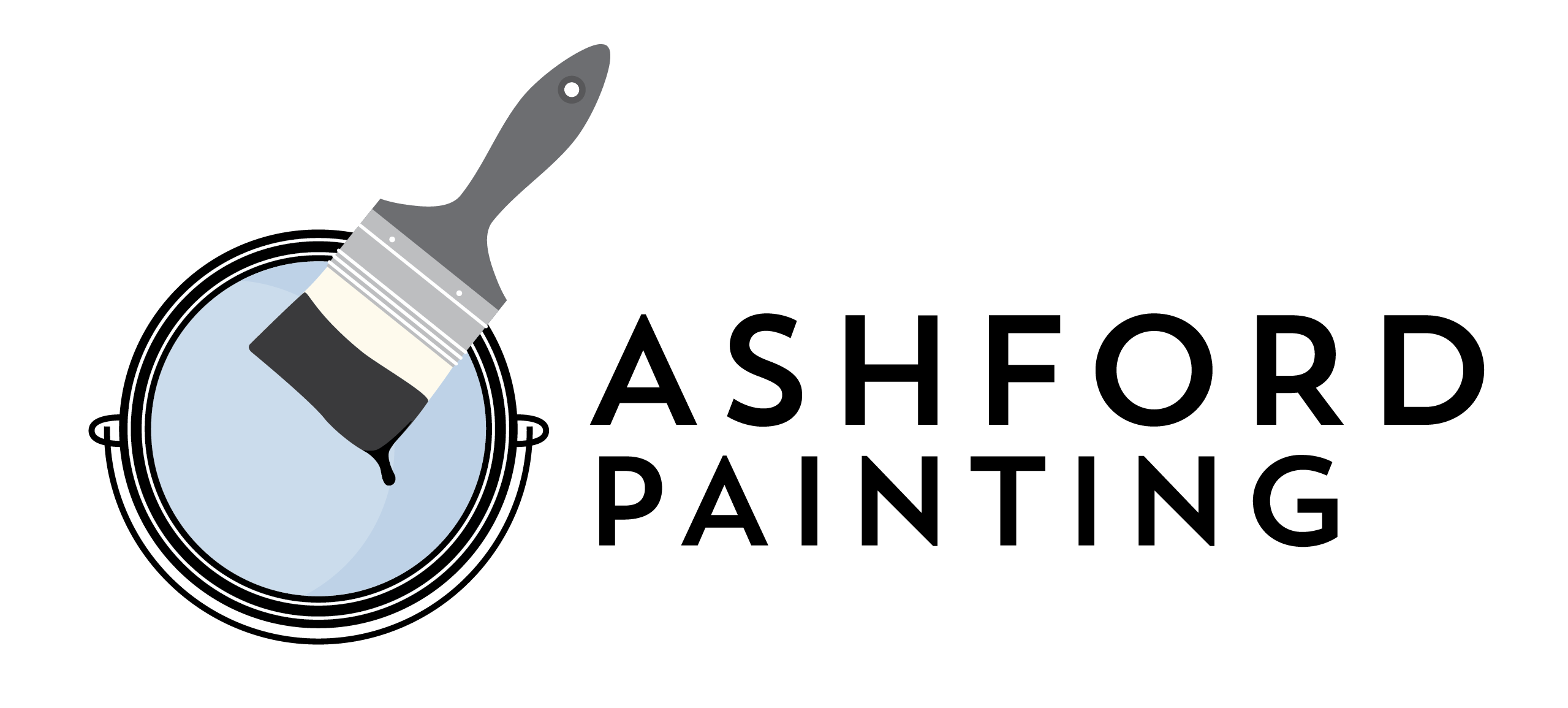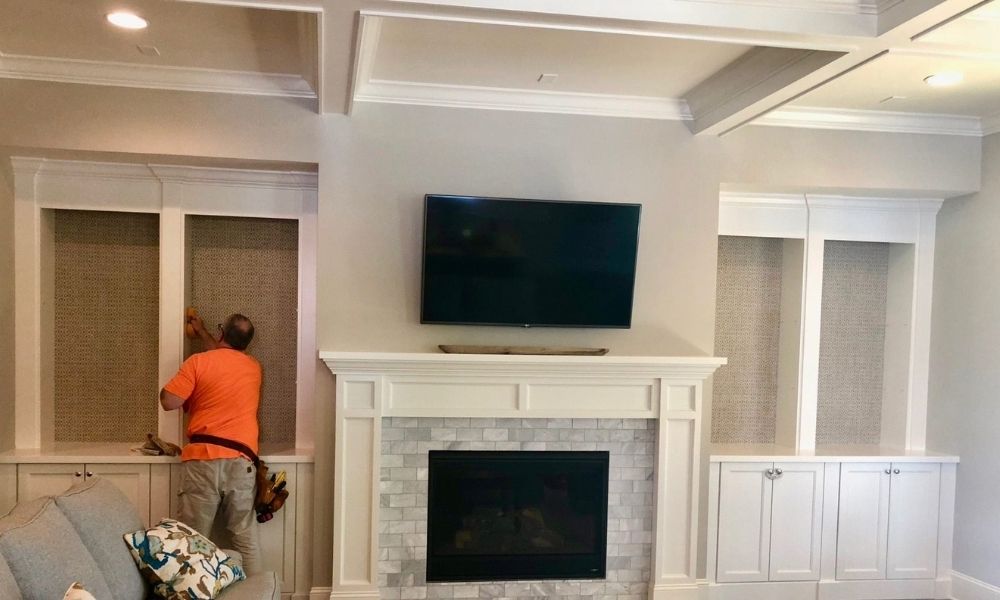Paint shades and how you utilize them can make a significant difference in your property’s final reveal. While darker shades for the ceilings and walls introduce a cozier and more intimate aura, lighter hues offer a brighter, more open space without the use of drywall or a sledgehammer.
For those asking, “How does painting walls change a room?” continue reading below for more ways paint can trick the eye and switch up the feel of an area.
Expand and Shrink
A space can seem to expand and shrink depending on the paint used to create the illusion. Light hues reflect and disperse more natural light than darker counterparts, resulting in a more prominent appearance. If working with limited space, consider using shades of light grey, blue, white, and beige to make the area feel larger.
On the other hand, darker paint can introduce a homier aura and make the space feel more comforting. Inky blues, deep charcoals, and dark purples offer a bit of drama and switch up the dynamic.
Elongate and Shorten
You can experiment with paint placement to elongate or shorten an area. To give the feeling of an elongated room, coat the ceiling and far wall in the accent color of your choice. On the other hand, adding just one accent wall can shorten the apparent distance between walls.
Raise and Lower Ceiling
If your working space has low ceilings, consider coating walls in a darker shade, and use a lighter shade on the top. Doing so can give the illusion of a higher ceiling, while the opposite combination of a dark top and lighter walls can produce a lower height effect.
Painting walls changes a room for the better, depending on your intentions. But no matter your goals, Ashford Painting is here to assist you. If you’re searching for painting companies in Atlanta, our business has professionally trained contractors ready to deliver satisfactory services so your residence can shine its best.

